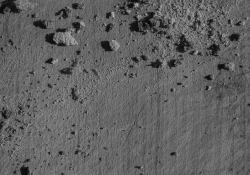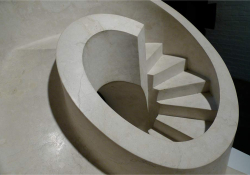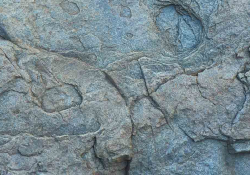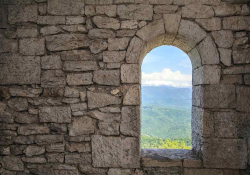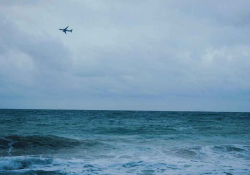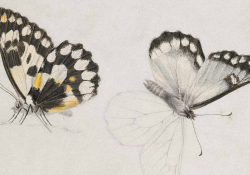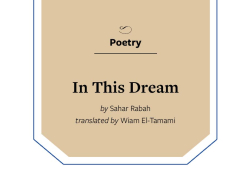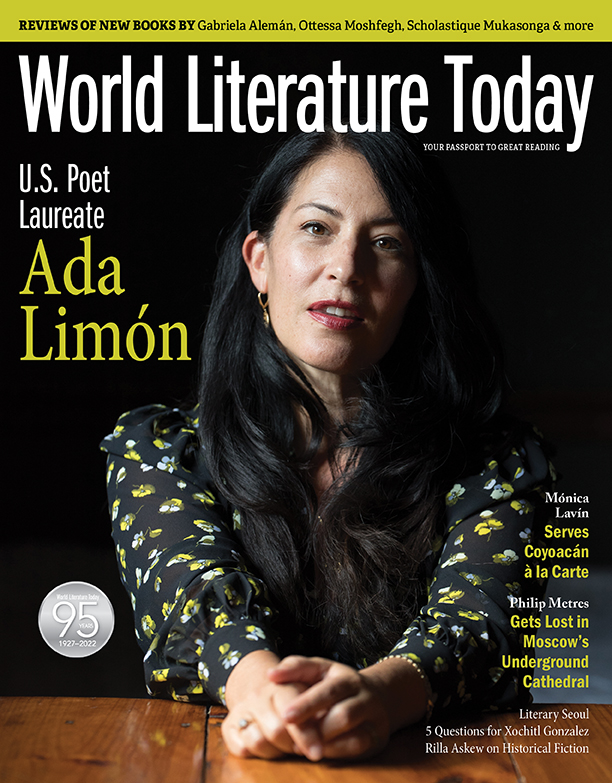Nine Places Where You Can Still See Wheel Tracks from the Oregon Trail
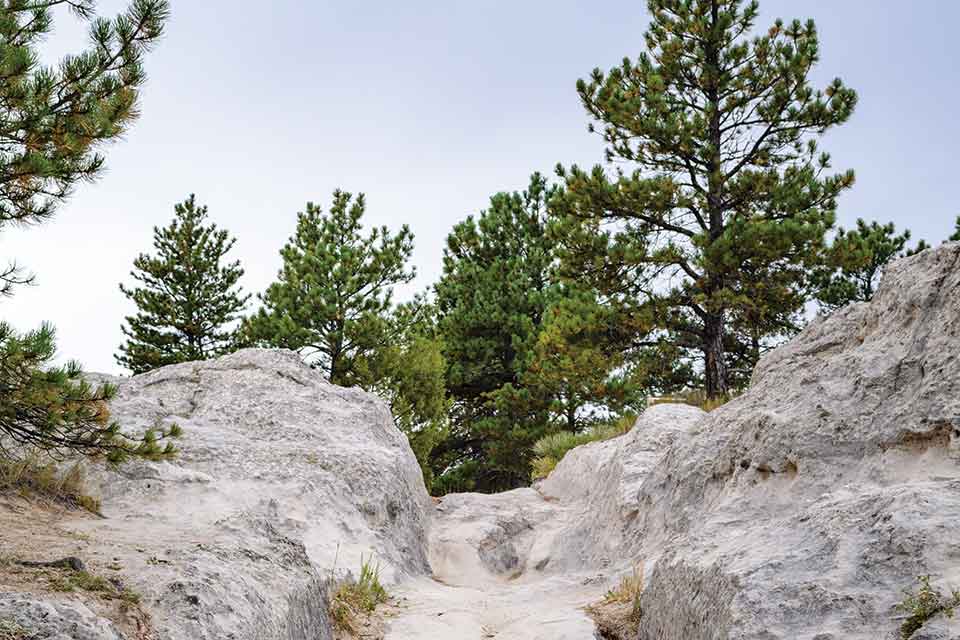
On my right metatarsus
you can see the swale caused by wet wagon wheels
coming out of the Big Blue River, heaving
their sodden burdens over the top
of my arched foot, cracking
the delicate bones below.
On my skin you see their names
carved with sharp knives, marking
the springs that offered
fresh water. They took long drinks and left
white scars.
The climb up my right calf
was so steep that heavy wagons
made deep ruts
still visible today. This grade
was the first major acclivity
and likely to give
the faint-
hearted doubt.
A bare road runs
the length of my thigh,
sharp double lines billed
as pristine trail ruts
as though my body did not exist
for itself:
háawtnin’
perfect
sacred
holy.
My lower belly, made of sandstone
yielded to the roll of the wheel
so soft was the sandstone
that it wore away
under each creaking load –
this patient erosion
hewed tracks
five feet deep,
tracks deep enough
to swallow a child.
To avoid the winter
they raced to reach
my left hipbone
by the fourth of July. To
celebrate
they etched white
names
in the jutting dark
granite of my hip,
calling it
Independence Rock.
The climb up my glutes
was so long and steep
that the descent was even more dangerous
as testified
by ruts like claw marks
on both sides,
a reminder
of what it means
to rut,
to mount
a body muscled and soft.
In the wide-open plain of my back
single tracks spread
to doubles and triples –
so vast and inviting
was my back
as it shredded
under the gyre
of passing lanes.
Across the sharp edge
of my cheekbone,
on the cliff face
is planted the historical sign
that indicates the final
set of tracks
and provides
an impressive view
of the Columbia River
as it rolls
to the sea.
Author’s note: This poem highlights the Nez Perce word háawtnin’, which means holy, sacred, sanctified. Its root is the verb háawt, which means “to keep clean” or “to keep or make something as sacred.” Following missionization, these terms also refer to Christian piety. The poem reveals the land’s self-conception in Indigenous terms, while offering the term’s new valence as a form of critique.


